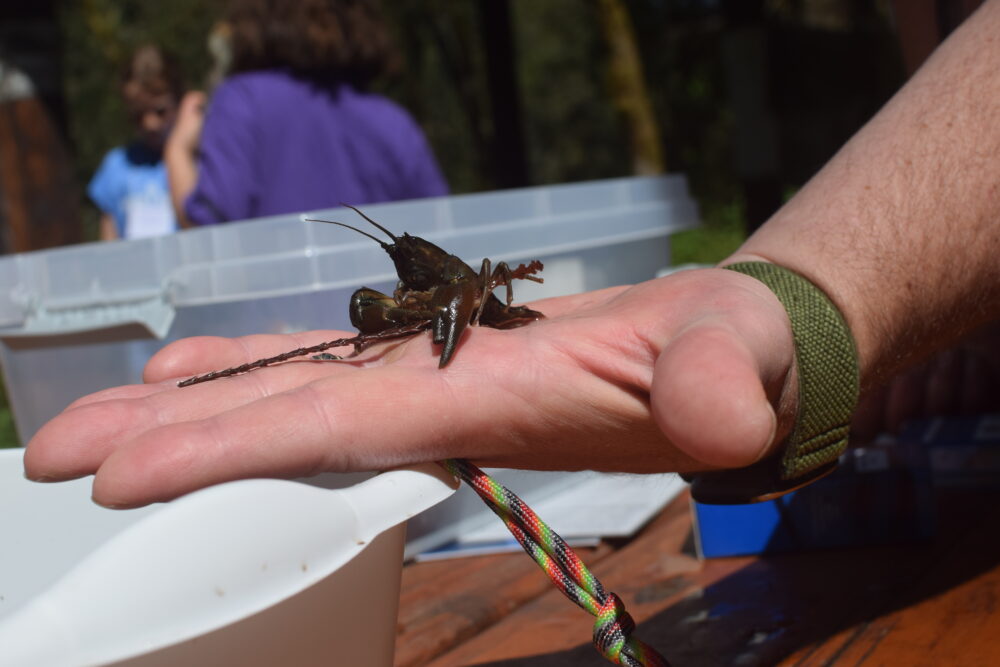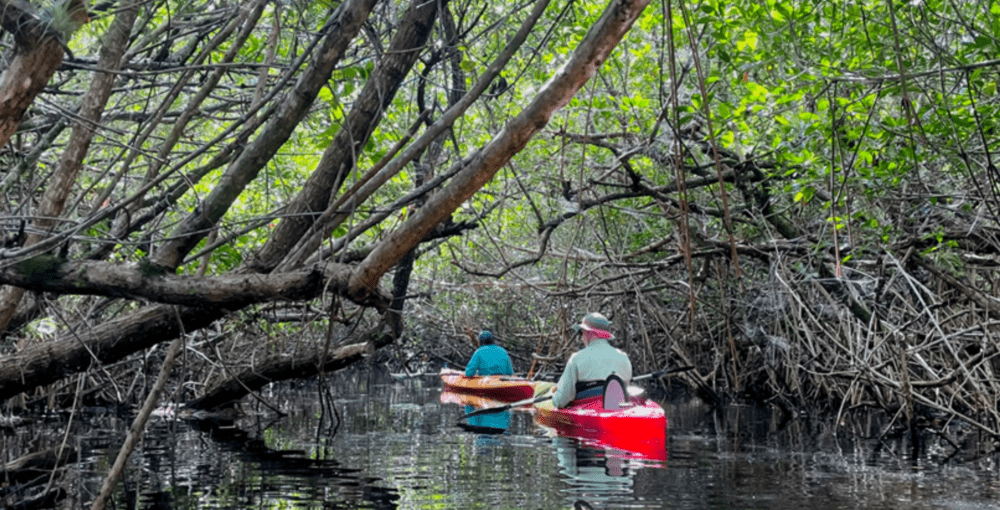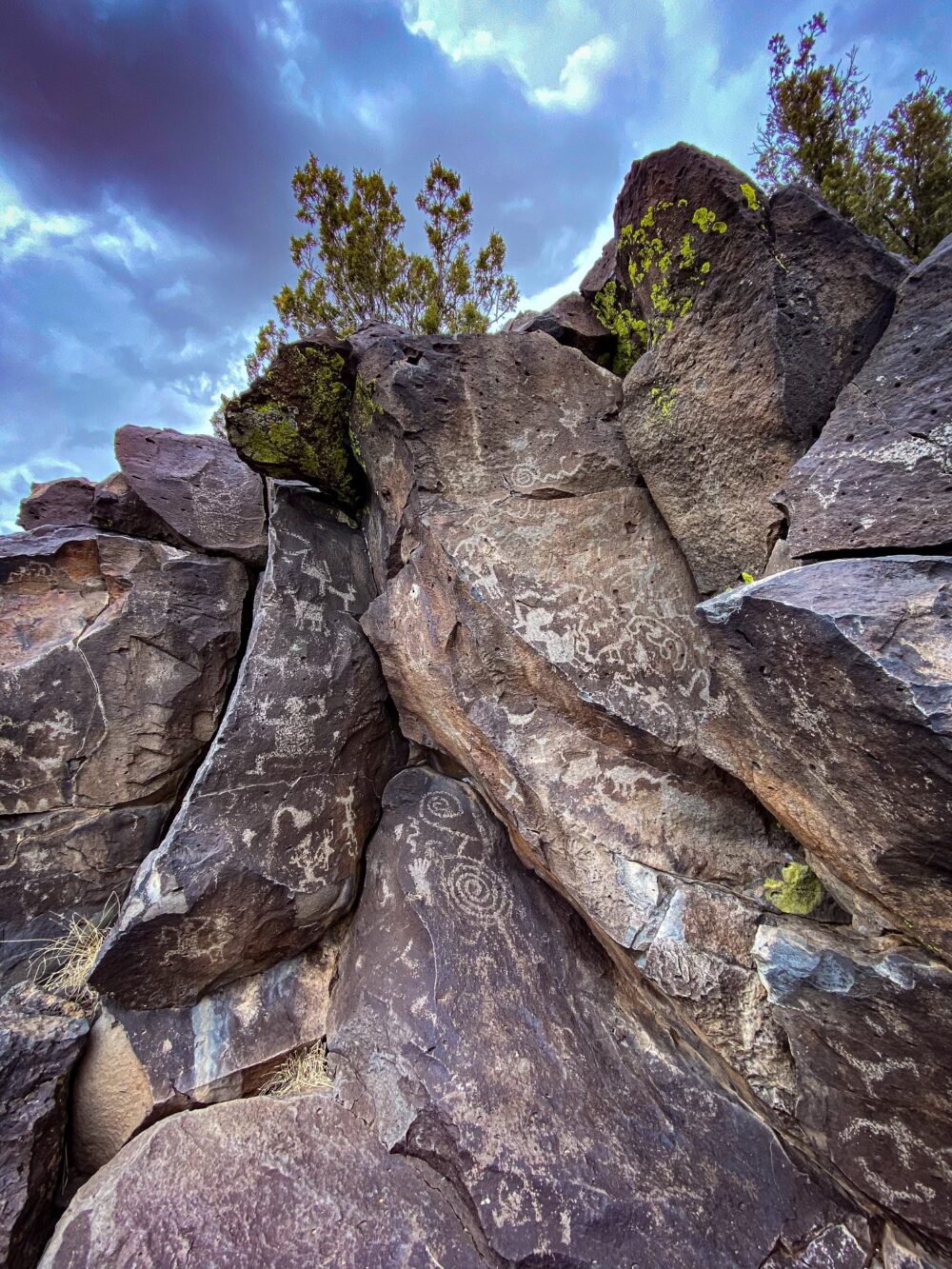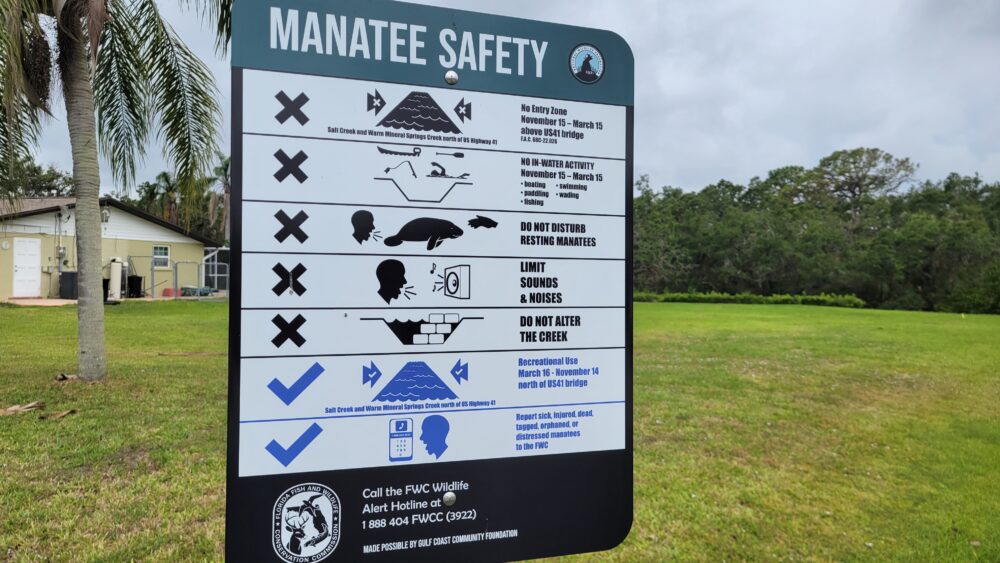We have much more to do and your continued support is needed now more than ever.
10 Tips To Improve Your Wildlife Photography
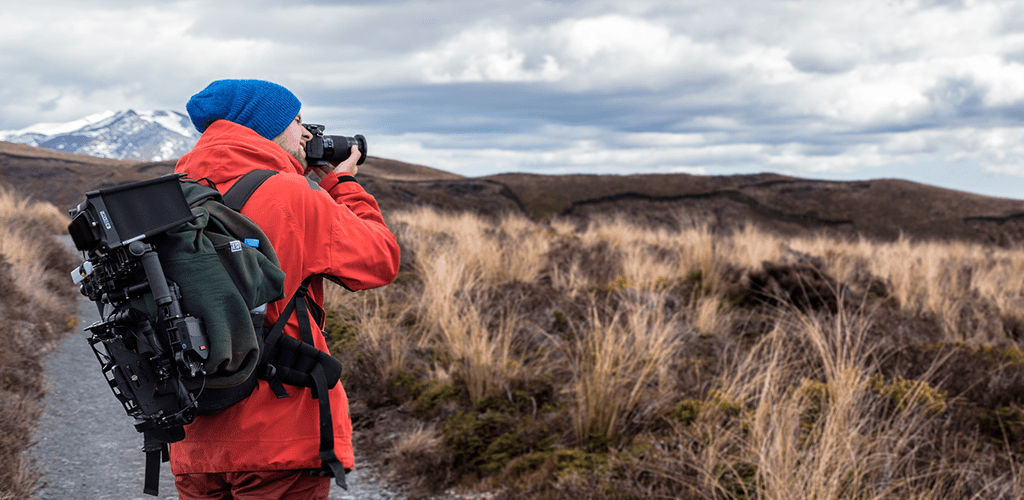
Take some wild shots with these expert tips!
While exploring outside, whether camping or hiking or simply walking around, sometimes we’ll stumble across wildlife perfectly posed for a picture. Other times, more often than not, we may search for hours to find the best wildlife subject. Either way, for novice or experienced wildlife photographers, we have tips to help better capture the magnificent wildlife around us.
To build off of this Ranger Rick magazine article, “6 Tips for Wild Pics” by Clay Bolt, here are more expert tips from our professional photographer, Kristen Ferriere:
- Try photographing during the “Golden Hour,” the first hour of daylight and last hour of daylight. The lighting at these times is very soft and diffused, and the height of the sun helps eliminate shadows.
- Keep the sun at your back so you aren’t shooting into the sunlight which creates glare and reflections.
- Have patience! Wildlife like to move around, so you may not find ideal subjects your first go-round outside.
-

Smart phone cameras can be great tools to capture wildlife and wild scenes! Use your phone camera. Smart phones nowadays are equipped with better and better cameras, so take advantage of what you probably already have with you.
- Go wide. Sometimes using a wider frame helps capture a nicer photo because you can see more of the species’ habitat.
- Use a tripod when you can to keep your camera steady. There’s nothing worse than having a blurry image because of movement.
- Try not to center your images. Use the rule of thirds when shooting for a more interesting composition. Divide your image area into thirds, and keep your horizon line at the top or bottom third.
- Get close and eye level with your subject, if possible.
- Don’t limit your subjects. Wildlife comes in all shapes and sizes, and it’s not all about capturing the big or charismatic animal.
- Practice makes perfect (especially when shooting wildlife), so shoot a lot. Venture into your backyard or local park and see what you can find.
And most importantly, don’t forget to respect the wildlife you photograph. You are in their territory, so try not to disturb or upset them.
Subscribe NowSubscribe now to our award-winning Ranger Rick magazine to learn more about interacting with wildlife!
















